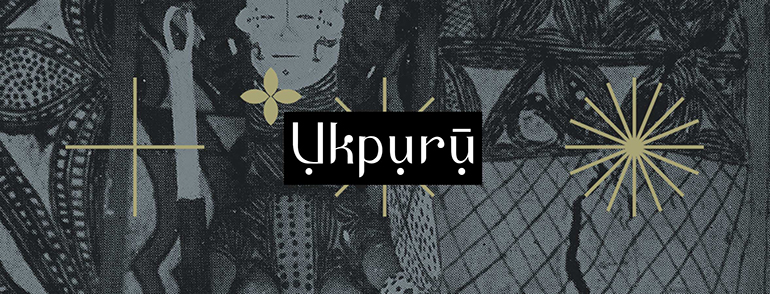
"Assay Chief & wife." P A Mc C. British Museum. Ase is an Ndị Osimili settlement on the Ase River which connects to the Niger River, now in Delta State. It is an Igbo-speaking settlement with a mixture of Isoko and Ijo ancestry as it is near the border of these three cultural areas. In the late 19th century, British traders established a trading post in Ase, such posts were used for imperial expansion, as in the case of the bombardment of Patani in 1882 for its attack on the National African Company's factory in Ase.
In Assay village (Ejaw) some of the women were busy making fishing nets, whilst others were engaged in preparing the evening meal. Many of the girls had heavy bands of ivory around their ankles and wrists. They seemed to serve the same purpose as the bracelets of our English girls. As it was the dry season the river was very low, many sand banks being visible. On a number of these, fishermen had pitched their grass huts. I could not help thinking of them as Arabs in the desert resting by the wayside. Pitched on the golden sand in the middle of the river, they looked most picturesque.
– R. Hope (1906). “With Pen and Camera in Nigeria.” In: “Journal of the Manchester Geographical Society.” p. 130.














